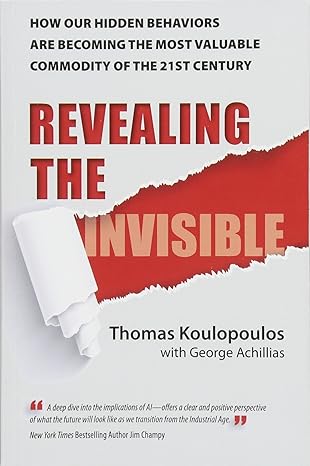Question
47. Suppose the real risk-free rate is 3.25%, the average future inflation rate is 4.35%, and a maturity risk premium of 0.07% per year to
47. Suppose the real risk-free rate is 3.25%, the average future inflation rate is 4.35%, and a maturity risk premium of 0.07% per year to maturity applies to both corporate and T-bonds, i.e., MRP = 0.07%(t), where t is the number of years to maturity. Suppose also that a liquidity premium of 0.50% and a default risk premium of 2.90% apply to A-rated corporate bonds but not to T-bonds. How much higher would the rate of return be on a 10-year A-rated corporate bond than on a 5-year Treasury bond? Here we assume that the pure expectations theory is NOT valid. Disregard cross-product terms, i.e., if averaging is required, use the arithmetic average.
Group of answer choices
4.58%
3.23%
3.75%
3.26%
4.16%
23. Multiple Choice: Problems
Interest rates are important in finance, and it is important for all students to understand the basics of how they are determined. However, the chapter really has two aspects that become clear when we try to write test questions and problems for the chapter. First, the material on the fundamental determinants of interest rates - the real risk-free rate plus a set of premiums - is logical and intuitive, and easy in a testing sense. However, the second set of material, that dealing with the yield curve and the relationship between 1-year rates and longer-term rates, is more mathematical and less intuitive, and test questions dealing with it tend to be more difficult, especially for students who are not good at math.
As a result, problems on the chapter tend to be either relatively easy or relatively difficult, with the difficult ones being as much exercises in algebra as in finance. In the test bank for prior editions, we tended to use primarily difficult problems that addressed the problem of forecasting forward rates based on yield curve data. In this edition, we leaned more toward easy problems that address intuitive aspects of interest rate theory.
We should note one issue that can be confusing if it is not handled carefully - the use of arithmetic versus geometric averages when bringing inflation into interest rate determination in yield curve related problems. It is easy to explain why a 2-year rate is an average of two 1-year rates, and it is logical to use a compounding process that is essentially a geometric average that includes the effects of cross-product terms. It is also easy to explain that average inflation rates should be calculated as geometric averages. However, when we combine inflation with interest rates, rather than using the formulation rRF = [(1 + r*)(1 + IP)] 1, almost everyone, from Federal Reserve officials down to textbook authors, uses the approximation rRF = r* + IP. Understandably, this can confuse students when they start working problems. In both the text and test bank problems we make it clear to students which procedure to use.
Quite a few of the problems are based on this basic equation: r = r* + IP + MRP + DRP + LP. We tell our students to keep this equation in mind, and that they will have to do some transposing of terms to solve some of the problems.
The other key equation used in the problems is the one for finding the 1-year forward rate, given the current 1-year and 2-year rates: (1 + 2-year rate)2 = (1 + 1-year rate)(1 + X), which converts to X = (1 + 2yr)2/(1 + 1yr) 1, where X is the 1-year forward rate. This equation, which is used in a number of problems, assumes that the pure expectations theory is correct and thus the maturity risk premium is zero.
Suppose 1-year T-bills currently yield 7.00% and the future inflation rate is expected to be constant at 2.40% per year. What is the real risk-free rate of return, r*? Disregard any cross-product terms, i.e., if averaging is required, use the arithmetic average.
Group of answer choices
3.50%
4.28%
4.78%
4.92%
4.60%
Step by Step Solution
There are 3 Steps involved in it
Step: 1

Get Instant Access to Expert-Tailored Solutions
See step-by-step solutions with expert insights and AI powered tools for academic success
Step: 2

Step: 3

Ace Your Homework with AI
Get the answers you need in no time with our AI-driven, step-by-step assistance
Get Started


